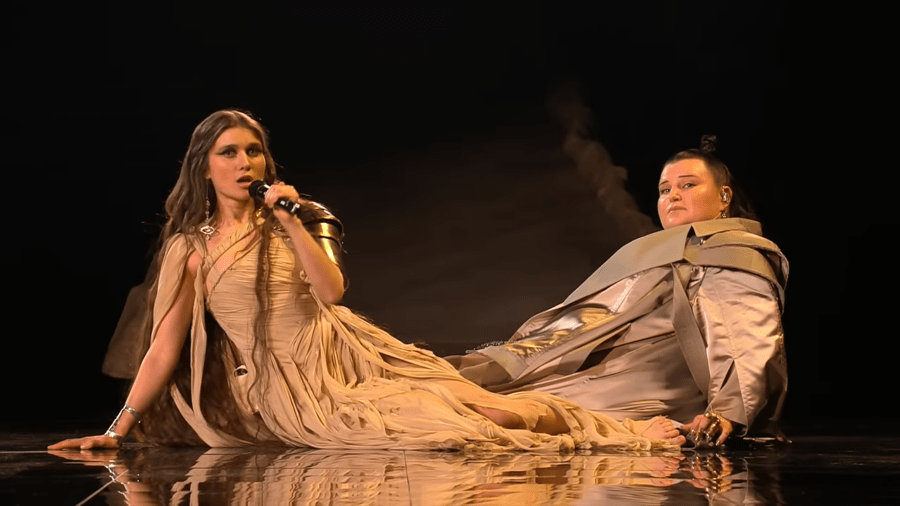Astronomers have created animations from observations of the space X-ray observatory "Chandra" that demonstrate the evolution of the galactic remnants of supernovae over more than 20 years. The targets of the observations were the remnants of the Crab Nebula and Cassiopeia A, according to the observatory's website.

The remnants of supernovae close enough to the Earth in the Milky Way and its satellite galaxies play an important role in understanding the mechanisms of the evolution of such objects and the nature of the flares themselves, because by comparing a large number of pictures taken in relatively small, compared to human lifetime, time intervals, it is possible track the changes associated with the expansion, the interaction of shock waves with the surrounding matter, as well as the behavior of a compact object born during the explosion of massive stars. Chandra, which has been operating in space since 1999, is credited with long-term monitoring of such nebulae.
A team of scientists working with the telescope's data archive has presented two new timelapses of the evolution of two supernova remnants in the Milky Way. The first animation shows the Crab Nebula - it erupted in 1054 and is located at a distance of 6,5 thousand light years from Earth. In its central zone is a rapidly rotating neutron star pulsar, which injects relativistic flows of charged particles into the surrounding matter, which leads to the emergence of a shock wave in the form of an inner ring-like structure. Two jet-like structures perpendicular to the ring arise from particle streams ejected from the polar regions of the pulsar. The pulsar itself is visible as a bright variable point source in the center. The animation is made up of observational data of "Chandra" for 2000, 2001, 2004, 2005, 2010, 2011 and 2022, thanks to the long duration of observations it was possible to notice for the first time the strong bends of the outer edges of the jets.

The second animation shows the supernova remnant Cassiopeia A, located 11 light-years from the Sun. The flare also occurred during the explosion of a massive star, moreover, only about 340 years ago, at the center of the nebula is a neutron star. The animation was compiled from the observation data of "Chandra" from 2000 to 2019, it shows the gradual dispersal of the star's matter grouped into lumps and threads and the movement of shock waves.

Chandra is expected to conduct new observations of the Crab Nebula already this year. The more such data scientists have, the longer timelapses they will be able to create, but observatories may be hampered by the gradual degradation of equipment and difficulties in allocating funding for the coming years.


 184
184












